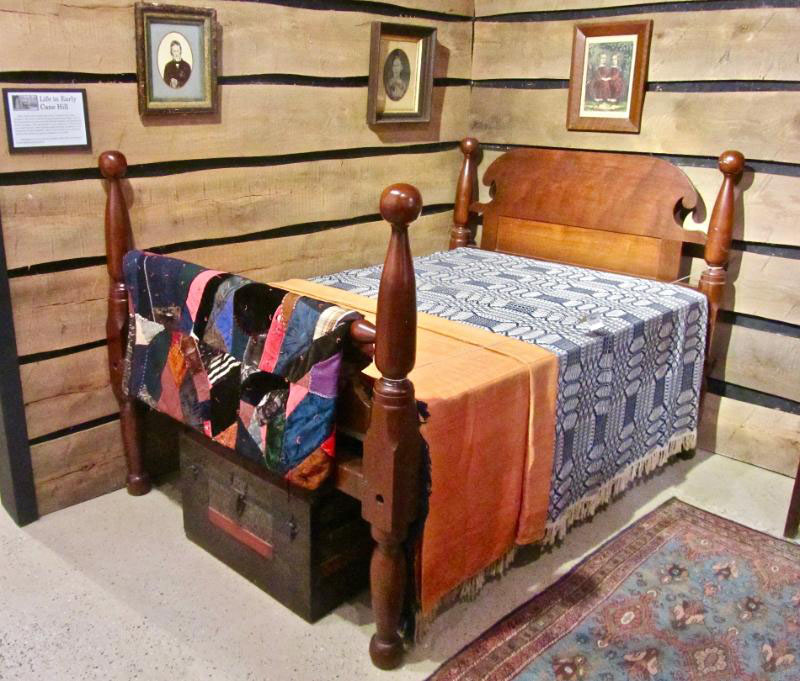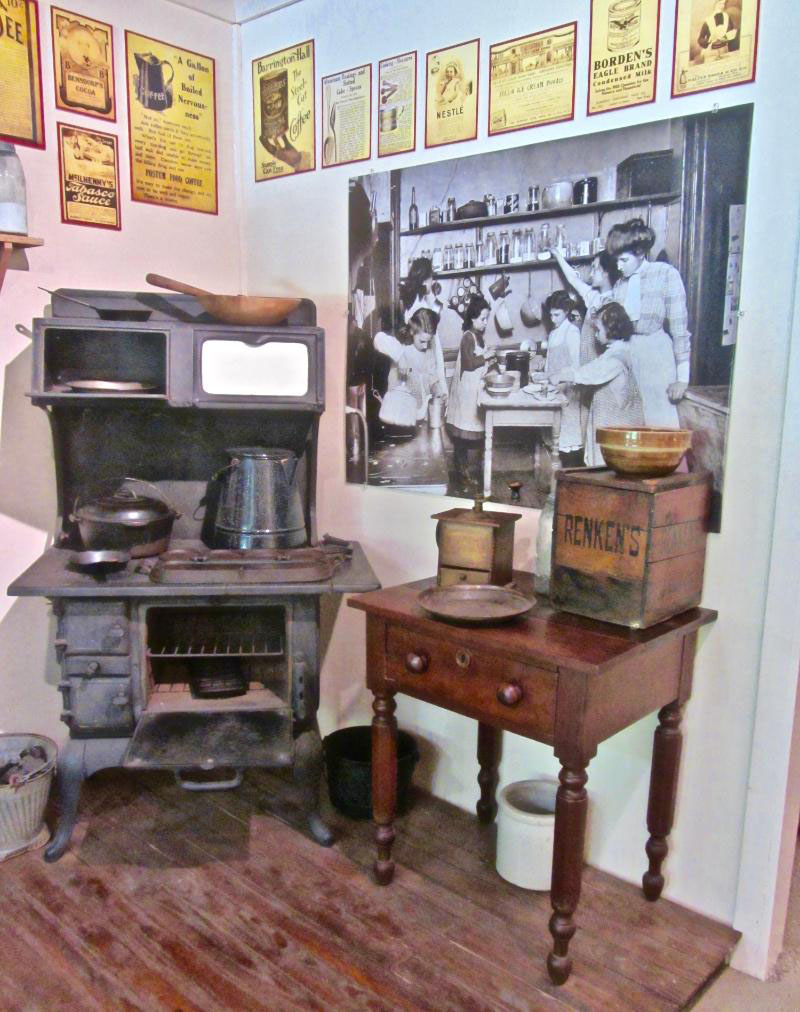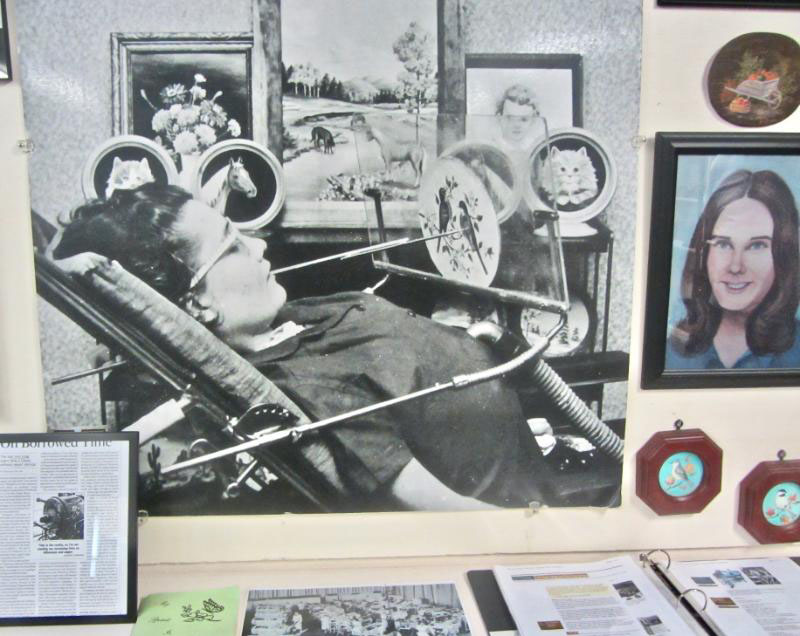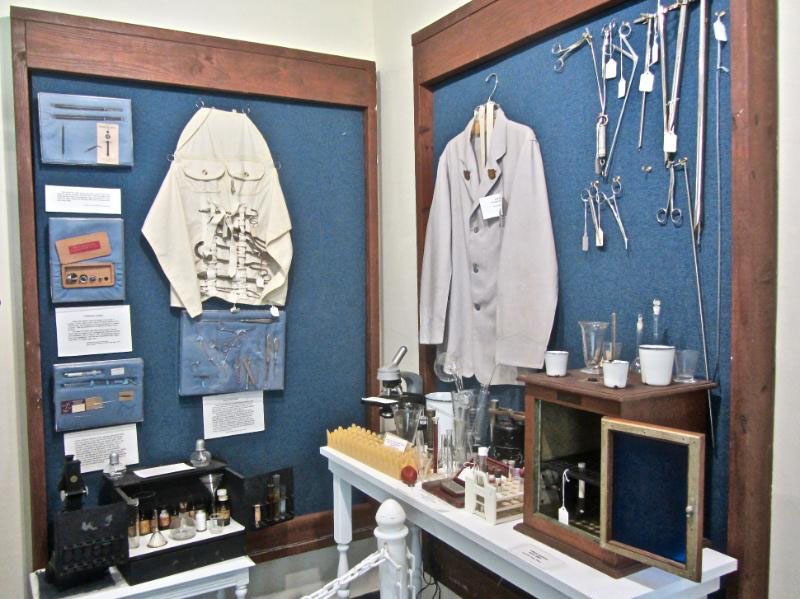Anyone who regularly reads the Arkansas Democrat-Gazette out of Little Rock knows the names Jack and Marcia Schnedler. Over the past decade, they’ve taken armchair travelers all over the Natural State. Sometimes the husband-and-wife duo introduces readers to special events at well-known places like Crystal Bridges Museum of American Art. But more often, if you ride with the Schnedlers, you’ll virtually visit parts of Arkansas you might never have ventured otherwise.
It’s no surprise that they still keep so busy at 80 years old. Both of them are lifelong journalists who share a fond memory of taking a year off in the 1970s to travel around Europe and the Soviet Union in a van. They spent a significant portion of their careers as travel writers, Jack as travel editor for The Chicago Sun-Times and Marcia writing a travel column for senior citizens.
The Schnedlers moved to Little Rock in 1995 and went to work in Features for the newspaper there, retiring in 2011. In 2013, they started their weekly column, then titled “Are We There Yet?” Since then, Jack says, they’ve visited all 75 Arkansas counties to tell readers “what they can see and do” here.
With school about to start, we’ve abbreviated some of their recent “Sightseeing” columns as ideas for last-minute day trips before summer is over.
__
Historic Cane Hill
Cane Hill
It was one small step for Arkansas women’s rights — maybe not so small — when Cane Hill College became the state’s first coeducational school of higher learning in 1875.
The two-story brick building that housed the college, which operated until 1891, stands as a restored landmark at Historic Cane Hill, 20 miles southwest of Fayetteville.
Arkansas was still a U.S. territory when the town of Cane Hill was founded in 1827. Also known in its early years as Boonsboro, after Daniel Boone, Cane Hill was Washington County’s first permanent settlement. It is credited with having opened Arkansas’ first public school, its first lending library and its first Sunday School. It is sometimes spelled, including by the U.S. Postal Service, as one word: Canehill.
Historic Cane Hill maps four marked walking trails in a brochure available at the site’s museum in the former Shaker Yates Grocery Store. The museum is the best place to start a visit, given its enlightening and sometimes entertaining exhibits about a community that has waxed and waned over nearly two centuries.
The longest of the four walking trails, shaded for much of its 1.2 miles, runs north from the former Methodist preacher’s residence past the museum to the Cane Hill Cemetery where much of a Civil War skirmish took place. The route passes an impressive Victorian-Italianate house from 1886 and an even larger Queen Anne from 1896.
A historical highlight along the trail is the Cane Hill College building, restored to its original look six years ago for $1.4 million.
Historic Cane Hill Museum is open 10 a.m.-2 p.m. Thursday-Saturday. Walking trails are open daily. Admission is free. Information: Historiccanehillar.org; 824-4455.
__
Arkansas Country Doctor Museum
Lincoln
Visitors take a medical time trip at Arkansas Country Doctor Museum in Lincoln.
A heartbreaking and heartwarming display in the museum’s Memorial Room looks back at the epidemic era of bulbar poliomyelitis, also known as polio. It was a dreaded juvenile affliction until the creation in the 1950s of vaccines by Dr. Jonas Salk and then Dr. Albert Sabin.
Information panels and photographs tell the story of Peggy Ann McCormack of Elkins, who was stricken at age 16 in 1952, one of 58,000 reported U.S. polio cases that year. Dominating the room’s polio alcove is an iron lung like the one McCormack inhabited pretty much around the clock for three decades until her death at age 46 in 1983. Nearby is a portable breathing apparatus that she could wear for a couple of hours outside the iron lung, usually to attend church or a community event.
The courageous aspect of McCormack’s story fits the upbeat tone of the museum. She persevered, becoming an artist and poet despite the permanent paralysis. Photographs include an image of her in the iron lung painting with a brush attached to a long stick held in her mouth.
As electric typewriters came on the market, she applied the same stick technique to write poetry and children’s stories. Two books of her poetry were published, one titled “My Spirit Is Free — Reflections From an Iron Lung.”
McCormack’s physician, Dr. Joe B. Hall, was one of the museum’s founders in 1994. The attraction occupies a sprawling one-story building that served as residence and office for three other country doctors from 1936 to 1973.
Arkansas Country Doctor Museum is open 1-4 p.m. Wednesday-Saturday. Admission is free. Information: 824-4307; drmuseum.net.
__
Arkansas Tuberculosis Sanatorium Museum
Booneville
The enormous Nyborg Building, completed in 1938 with Art Deco touches, once contained more than 500 hospital beds. Before closing in 1973, it housed many of the 70,000 tuberculosis patients brought to the site 2 miles south of Booneville.
Visitors pass the five-story structure while heading to the Arkansas Tuberculosis Sanatorium Museum, overseen by Booneville Historic Preservation Society. The museum tells the story of the multitudes confined to the sanatorium by tuberculosis, also known as consumption, a contagious and potentially fatal bacterial infection, mainly affecting the lungs.
It is a rarity in Arkansas in the 21st century, with 100 or so cases reported each year. But it was a fearsome scourge around the world in 1910, when the sanatorium opened in the hills of Logan County. At the time, tuberculosis accounted for one of every seven deaths in Arkansas. Before the advent of antibiotics, treatment depended on isolation, fresh air, exercise and good nutrition.
The museum’s half-dozen rooms focus on the patients who passed through the sanatorium along with the medical personnel and other staff. Time can be spent leafing through fascinating photo albums, transcripts of patient interviews and the monthly newsletter. One gallery is set up as a typical patient’s bedroom.
Vintage postcards convey the extent of the property, which can also be grasped on a self-guided driving tour mapped by another brochure.
The Arkansas Tuberculosis Sanatorium Museum is open 9 a.m.-3 p.m. Monday-Friday. Admission is free. Information: 675-5009.
__
Tyler Bend
On The Buffalo River
Visitors flock to the Buffalo National River for swimming, rafting, canoeing, kayaking, hiking and other fresh-air pleasures.
They’ve come to the federal preserve for recreation, not for a history lesson. But a stop at Tyler Bend Visitor Center can enlighten them about the valiant campaign to create America’s first national river, which marked its 50th anniversary last year.
Exhibits at the National Park Service facility tell how this pristine river was saved for public use. The saga’s heroes are the determined advocates who overcame daunting obstacles to save the Buffalo from U.S. Army Corps of Engineers damming.
The crusaders’ proud legacy is one of the few free-flowing waterways left in the Lower 48 states, starting above Boxley Valley — where elk can sometimes be seen — and winding eastward for 135 miles to end near the ghost town of Rush from the zinc-mining era a century ago.
Leaving Tyler Bend to enjoy the river, visitors can exalt in a posted quotation from naturalist Neil Compton, the leader of the effort to keep the Buffalo running free: “Along the Buffalo River in its canyons and on its gravel bars, we may still seek spiritual, emotional and physical reconstitution.”
Buffalo National River’s Tyler Bend Visitor Center, located 2 miles west of U.S. 65 between Marshall and St. Joe, is open 9 a.m.-3:30 p.m. Thursday-Monday. Admission is free. Information: 870-439-2502.
__
Siloam Springs Museum
Siloam Springs
Having nearly tripled in population during the past half-century, Siloam Springs feels a lot more urban than during the many decades before Northwest Arkansas soared on the wings of Walmart’s spectacular growth.
That makes the homespun Siloam Springs Museum a figurative time capsule that transports visitors to Hico, an earlier name for Siloam Springs, settled by German immigrants Simon Sager and his family in 1839. A miniature version of the Sager home and pieces of their antique furniture can be seen at the museum. The original cabin stands on the John Brown University campus.
In 1881, the allure of purportedly medicinal spring water flowing into Sager Creek led to the incorporation of Siloam Springs. The name came from the healing Pool of Siloam mentioned in the New Testament book of John.
One artifact serves to show that enticing novelties can soon enough become ho-hum standards. It’s a lighted sign that hung outside the Ozark Hotel, probably in the early 1950s.
The perk it promised is spelled out in the way that hotels and motels more recently have advertised “Free Wi-Fi.” This post-World War II amenity was touted with a single word: “Television.”
Siloam Springs Museum is open 10 a.m.-5 p.m. Tuesday-Saturday. Admission is free. Information: siloamspringsmuseum.com or 524-4011.
 Thomas Hart Bentons painting, “Let the River Be,” portrays the Buffalo River and can be seen at Tyler Bend Visitor Center between Marshall and St. Joe. (Special to NWADG/Marcia Schnedler)
Thomas Hart Bentons painting, “Let the River Be,” portrays the Buffalo River and can be seen at Tyler Bend Visitor Center between Marshall and St. Joe. (Special to NWADG/Marcia Schnedler) A four-poster bed is displayed at Historic Cane Hill Museum. (Special to NWADG/Marcia Schnedler)
A four-poster bed is displayed at Historic Cane Hill Museum. (Special to NWADG/Marcia Schnedler) Posted in this antique kitchen replica in the Historic Cane Hill Museum are local recipes from the 19th century. (Special to NWADG/Marcia Schnedler)
Posted in this antique kitchen replica in the Historic Cane Hill Museum are local recipes from the 19th century. (Special to NWADG/Marcia Schnedler) Polio survivor Peggy Ann MacCormack occupied an iron lung for 30 years but still managed to paint and write poetry. Her story is chronicled at the Arkansas Country Doctor Museum in Lincoln. (Special to NWADG/Marcia Schnedler)
Polio survivor Peggy Ann MacCormack occupied an iron lung for 30 years but still managed to paint and write poetry. Her story is chronicled at the Arkansas Country Doctor Museum in Lincoln. (Special to NWADG/Marcia Schnedler) Devices used by physicians are on display at Arkansas Country Doctor Museum in Lincoln. (Special to NWADG/Marcia Schnedler)
Devices used by physicians are on display at Arkansas Country Doctor Museum in Lincoln. (Special to NWADG/Marcia Schnedler)